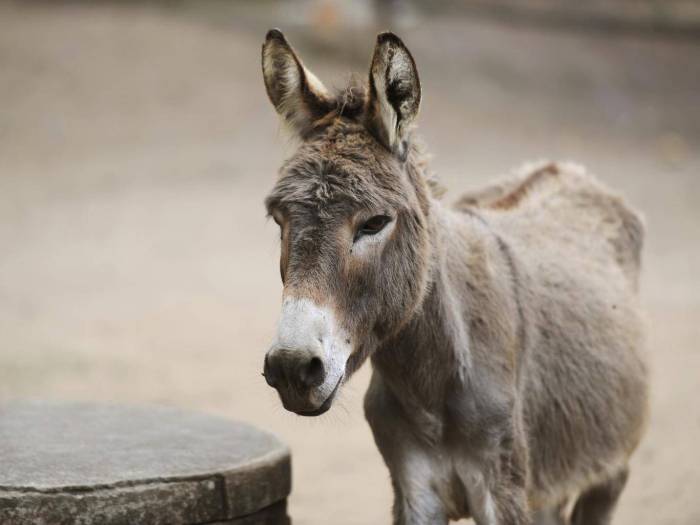Researchers uncovered evidence suggesting they were ridden as early as the third millennium BCE.
Excavation in the courtyard of a house in the now abandoned village of Tell es-Safi in central Israel, found the remains of an ancient domesticated donkey whose teeth appeared to show evidence a bit had been used to control it.
Using microscopes to examine them, they found that enamel on its lower molars had been worn down where normally they would be even, and polished.
A bit can be used to give riders more control over an animal’s direction, while a simple tether would allow it to be led, keep it from wandering.
Radiocarbon dating suggested this animal had been buried in around 2700 BC, some 700 years before horses appeared in the area.
It provides a clue to how the animals were used in the Early Bronze Age and dates to some 1,000 years before a previous study found “unprecedented” evidence of the use of “equid harnessing equipment” in donkeys.
Donkey remains found in Tel Haror, also in Israel, and described in 2013, were thought to date from the Middle Bronze Age, between the years of 1700 and 1550 BCE.
Israel’s Bar-Ilan University said in a statement that the latest find emphasises donkeys’ “significance as domesticated animals even at this early date”.
It added: “This development continues to impact the political, social, and economic life of many third world countries today where donkeys continue to be an important means of transportation."
The Independent
More about: donkeys
















































